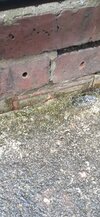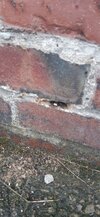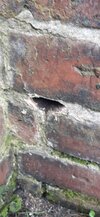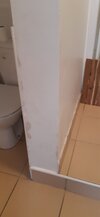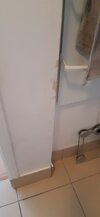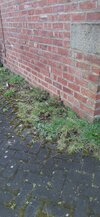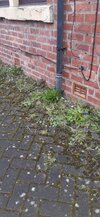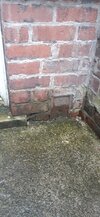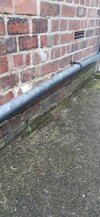Rods don't work. Silicone doesn't work. If you have a damp hearth, ventilation will help some of the moisture evaporate away. If the old fireplace is full of builders rubble it will hold damp.
The successful solution is to reopen the chimneybreast, break the hearthstone and dig out the damp rubble beneath, dig it out by a foot or so (if you look under the floorboards you will see the height of the earth or concrete under the house), preferably to the level of the oversite.
You can put an airbrick sized hole just above the skirting for ventilation, with an ornamental grille.
If you have a suspended wooden floor with a ventilated space beneath, then when you dig out the old hearth, you can open the cavity to the underfloor space, and this will enable the floorspace to ventilate up the chimney. I think this is a good way to ventilate away damp, and it means you do not create draughts inside the room. In fact, if you have an open fire or a stove still in use, you can put a brass grille in the floor allowing the fire to draw air from the void, to combat draughts that a fire normally causes. You sometimes see this in high quality houses from Victorian and older times.
The successful solution is to reopen the chimneybreast, break the hearthstone and dig out the damp rubble beneath, dig it out by a foot or so (if you look under the floorboards you will see the height of the earth or concrete under the house), preferably to the level of the oversite.
You can put an airbrick sized hole just above the skirting for ventilation, with an ornamental grille.
If you have a suspended wooden floor with a ventilated space beneath, then when you dig out the old hearth, you can open the cavity to the underfloor space, and this will enable the floorspace to ventilate up the chimney. I think this is a good way to ventilate away damp, and it means you do not create draughts inside the room. In fact, if you have an open fire or a stove still in use, you can put a brass grille in the floor allowing the fire to draw air from the void, to combat draughts that a fire normally causes. You sometimes see this in high quality houses from Victorian and older times.


